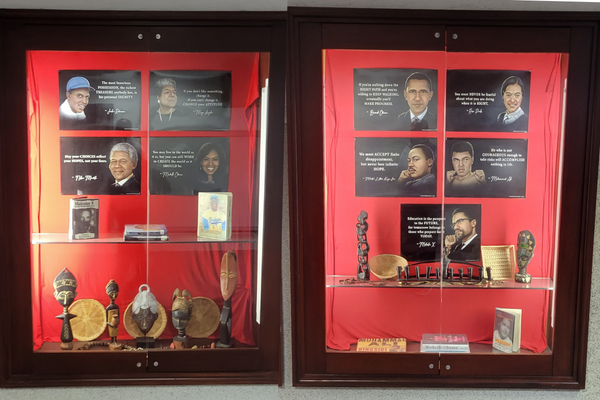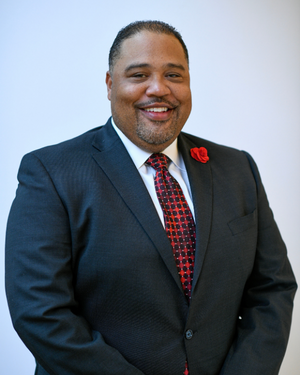Some schools celebrate Black History Month with a big event that focuses on prominent leaders like Martin Luther King Jr., Rosa Parks, and Malcolm X. The problem is that students already know about those leaders, partly because they are so well known and partly because students learn about them in their American history courses.
To get away from that approach, every day this month during morning announcements at Benjamin Bosse High School in Evansville, IN, we will include little-known facts about Black history and important figures most students aren’t familiar with. We’ve done the same thing with other history month celebrations this year.
More broadly, we include Black history and the history of many other groups year-round in our popular ethnic studies course. In addition, one of our larger student organizations on campus is the international club, and they also highlight different cultural celebrations throughout the year. They have their own bulletin board that changes each month to recognize what’s happening, so it will highlight Black history this month.

In one of our hallways, near the ethnic studies classroom, we also have created a display case that recognizes African American culture. It features prominent historical figures, including Jackie Robinson, Maya Angelou, and Muhammad Ali, as well as books and African artifacts, such as masks and weavings.
Our school is very diverse: About 40% of students are Black, 40% are white, and the rest are multiracial, Asian, and Hispanic. Many are immigrants from all over. Ultimately, we want to focus on embracing the diversity that exists right here on campus.
Our ethnic studies course is the only one of its kind offered at any of the five public high schools in our area. We’re also investigating expanding our AP coursework to include the new course in African American Studies. As we all know, it’s taken a pretty big hit in Florida. One of our teachers approached us about offering it, and one of my administrators said, “You know, that’s a pretty hot-button topic right now.” The teacher’s response: “Well, I’d like to be on the right side of the conversation.”
I think the best approach is to celebrate our diverse cultures holistically as opposed to always identifying one to focus on. That’s a product of the diversity of our school, and I’m proud to say the way our kids interact. They celebrate everybody, and I think that’s the space we want to be in now and in the future.

